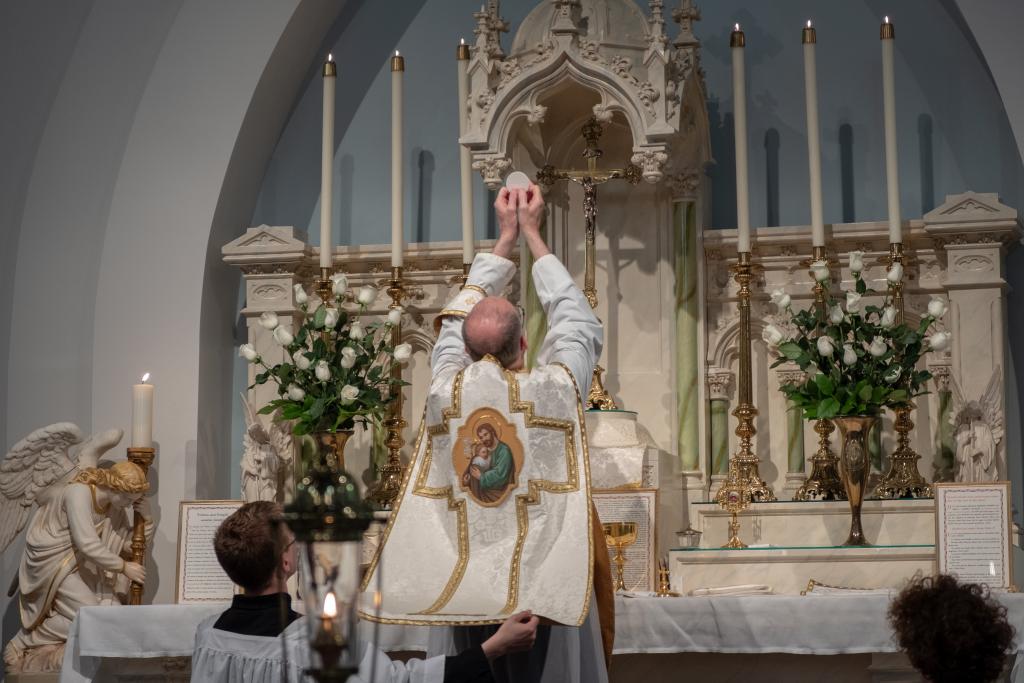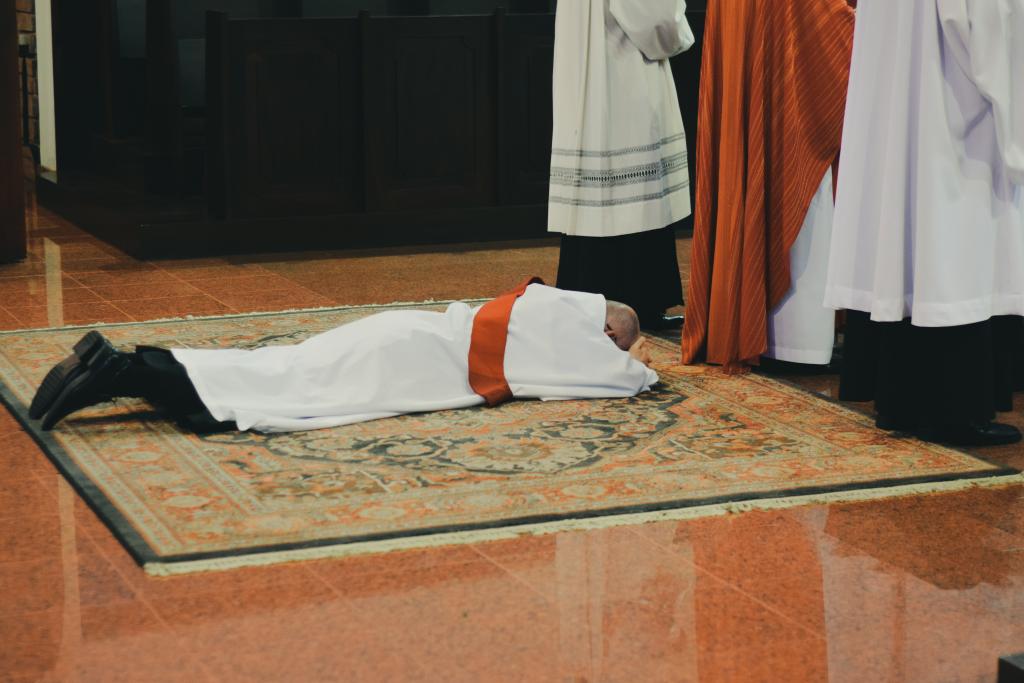Last week, Pope Francis dropped a proverbial bomb on Latin Mass (TLM) communities around the world. In a new apostolic letter, Traditionis Custodes, he reversed the allowances made for the Extraordinary Form under Pope Benedict XVI. In case everything I just said was – um – Latin to you, here’s a primer for non-Catholics:
Some Catholics want to have Mass the “old-fashioned” way: in Latin with a priest facing away from the congregation. This form of the Mass was largely suppressed after Vatican II, but Pope Benedict lifted those restrictions. Now, Pope Frances has put them back in place. Latin Masses are still allowed, technically, but communities need explicit permission from their local Bishop. They must also meet other, potentially more difficult, requirements.

Who Wants Latin Mass Anyway?
Lots of people! While Latin Mass, or Extraordinary Form, represents only a small percentage of overall Catholic services within the United States, it is the only subset of Catholic community that is growing rather than declining. The richness and beauty of the TLM draws in Millennial and Gen Z Catholics who did not grow up with it and find typical Masses uninspired. It would seem odd for the Pope to want to suppress something that is enriching the faith lives of young people, many of whom are falling away from the Church. But there are grave problems with traditionalist communities.
Many, although certainly not all, Latin Mass groups are fiercely critical of the Second Vatican Council, which updated the Mass and instituted reforms in the Church. Some even go so far as to say that Vatican II was invalid. Latin Mass communities have a reputation for being hyper-conservative, hostile to the Pope, and even schematic. It’s a sad reality for many Catholics who, like myself, are drawn the ritual but feel uncomfortable around the community. Pope Francis attempted to correct this divide in his apostolic letter.
What Does the Apostolic Letter Entail?
According to Pope Francis, Pope Emeritus Benedict’s previous allowances for the TLM were born of an attempt to unify the Church. By granting permission for more traditional Masses, Benedict hoped to provide a plurality of options underneath the umbrella of the Catholic Church. Unfortunately, according to Pope Francis, these allowances were “exploited to widen the gaps, reinforce the divergences, and encourage disagreements that injure the Church, block her path, and expose her to the peril of division.” By that he means schism.
Pope Francis has stated that anyone who wants to perform a Latin Mass must first get permission from their Bishop. The Bishops are responsible for verifying that any Latin Mass groups accept Vatican II. This all seems well and good. Then comes the kicker. No new Latin Mass groups may be formed and no parish Churches may be used.
Practically, What Does this Mean?
It’s hard to say. By the letter of the law, it seems like TLM has been all but banned. Indeed, many parish Churches have announced that their TLM services are ending. On the other hand, many of the priests I’ve spoken to who offer it have already received permission from their Bishops to continue doing so. I’m not sure how this is possible, as almost every Catholic Church is also a parish Church. Alternatives are hard to find. However, many US Bishops are sympathetic to the TLM, and may be willing to stretch the limits of the Pope’s permissions. Practically, this means what where you are in the country is going to have a lot to do with how much access to the TLM, if any, you have. It also means that more moderate Catholics who happen to like the TLM might have less access to the Extraordinary Form than hardline traditionalists who are willing to defy the pope. (Check out this article from the conservative Catholic World Report where the author explicitly recommends that the bishops “ignore the pope.”)
The Divide Widens
I understand why Pope Francis felt compelled to do what he did. A growing reactionary faction within the Church has been trying to drag her back into the past, and it is his role as Supreme Pontiff to prevent this from happening. But singling out traditional Catholics for their heterodoxy seems unfair. As I’ve said many many times before, almost all Catholics are a bit heterodox. Most traditionalists are not schematic. Now, they feel under attack, singularly criticized just for attempting to live their faith in a way they find fulfilling. They may not want to go back to the bland, boring parishes where the majority of attendees don’t believe in the True Presence. Perhaps, though, there is another way.
Bring More Devotion Into Your Church
As is, I think it’s likely that the marginalization of the TLM will serve to further divide the Church. However, there is hope. There is no rule that says the Ordinary Form has to be lackluster and dull. The beauty of the TLM can be integrated into standard Masses. Masses can incorporate chant, incense, receiving the Eucharist kneeling or on the tongue. I have witnessed an increase in young women like myself who choose to veil, but attend a standard parish service.
An increase in devotion, an elevated ritual that puts emphasis on the sacred and divine, is an unquestionably good thing. It’s about much more than aesthetics. It’s about recognizing the sacred and refusing the render the sacred mundane. But it’s also about recognizing that the sacred is mundane. Sacredness exists right there in your home parish. We should, in theory, all be worshiping together: the devoted, the lax, the broken, and the saved. There is, ultimately, only One Church. We should be meeting there. I pray that we can.












